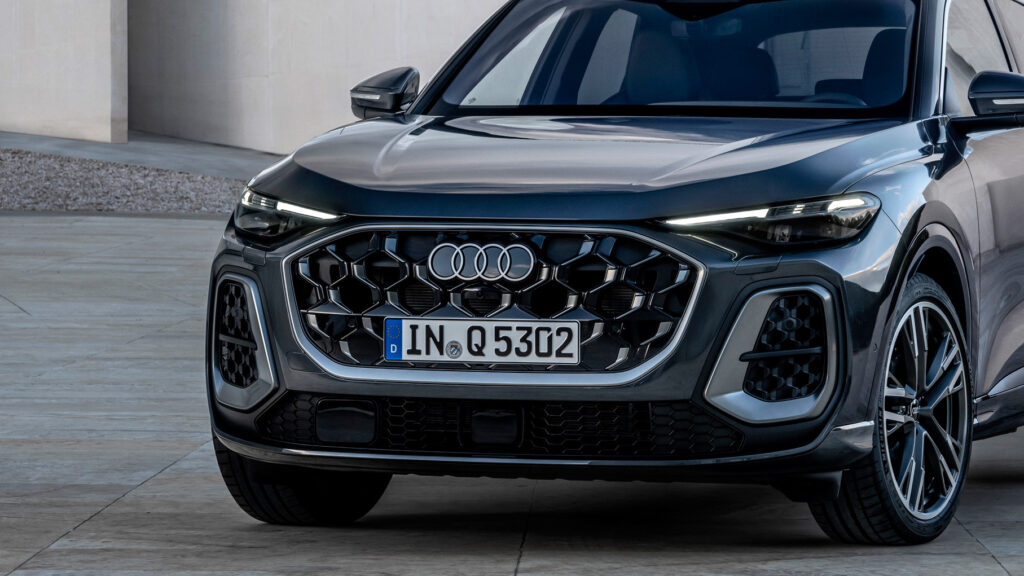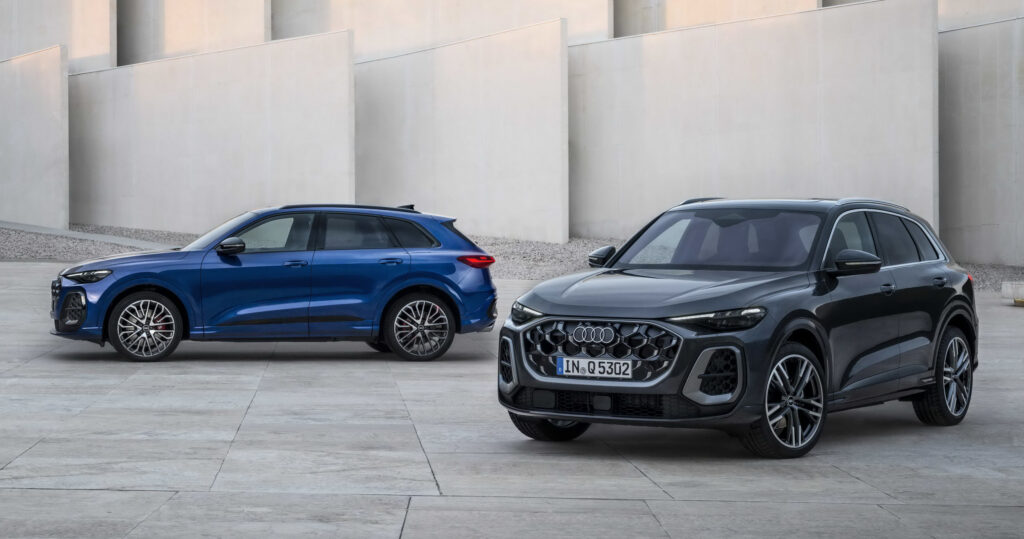Sales and Tariffs

The Audi Q5 has been the brand’s top-selling model in the United States, commanding significant attention and sales. Catering to about one-third of all Audi’s sales in the region, it’s truly a cornerstone of their lineup here. However, the introduction of new tariffs by the current administration has put a hitch in their distribution plans. With a massive total of 52.5% in tariffs now looming over the Q5, these could drastically affect its presence on U.S. roads.
Tariff Effect

There are three tariffs at play here: a 25% levy on imported cars, another 25% specifically targeting vehicles imported from Mexico, and an additional 2.5% charge due to non-compliance with the USMCA agreement. These measures complicate Audi’s strategy, especially since their Q5 models destined for the U.S. are rolled out from the San Jose Chiapa plant in Mexico. With these tariffs, there’s a possibility of increased pricing of models which might deter consumer interest.
Driving Experience

The driving experience offered by the Audi Q5 deserves special mention. It combines a plush ride with the well-engineered handling Audi is renowned for. A sturdy, robust stance ensures confident cruising while its powertrain choices deliver both responsive acceleration and commendable fuel efficiency. Comparing the Q5 to competitors like the BMW X3 and the Mercedes-Benz GLC, Audi’s offering holds its own with a blend of luxurious detailing and technology.
Production Strategies
The vehicles are built for an international audience rather than specifically for North American constraints. Bloomberg reports that only about 2% of its parts are sourced domestically from the U.S. or Canada. All this means that unless Audi shifts some production or components stateside, their pain from the tariffs won’t ease easily.
Potential Solutions
Currently, Audi is in a state of flux, with some of their models held at U.S. ports as they figure out their next moves. VW, Audi’s parent company, has plans that include potentially expanding production facilities in the United States. There’s talk of producing some models at a forthcoming site in South Carolina, yet plans remain in the air until there’s a clearer policy direction from officials.
Conclusion
The Audi Q5’s journey in the U.S. market is navigating a rough patch with these tariffs. Whether adjustments in manufacturing or crafting new solutions to maintain its key position stateside, Audi certainly has its plate full figuring out how to mitigate these new financial hurdles. All said, the seasoned Q5 remains a car worth its reputation, if navigating the economic winds can ensure accessibility.
Tesla Cybertruck Value
Jeep Hits Beach Sunbather
Auto Tariff Shockwave
Mazda's Electric SUV
Insurance Costs Surge